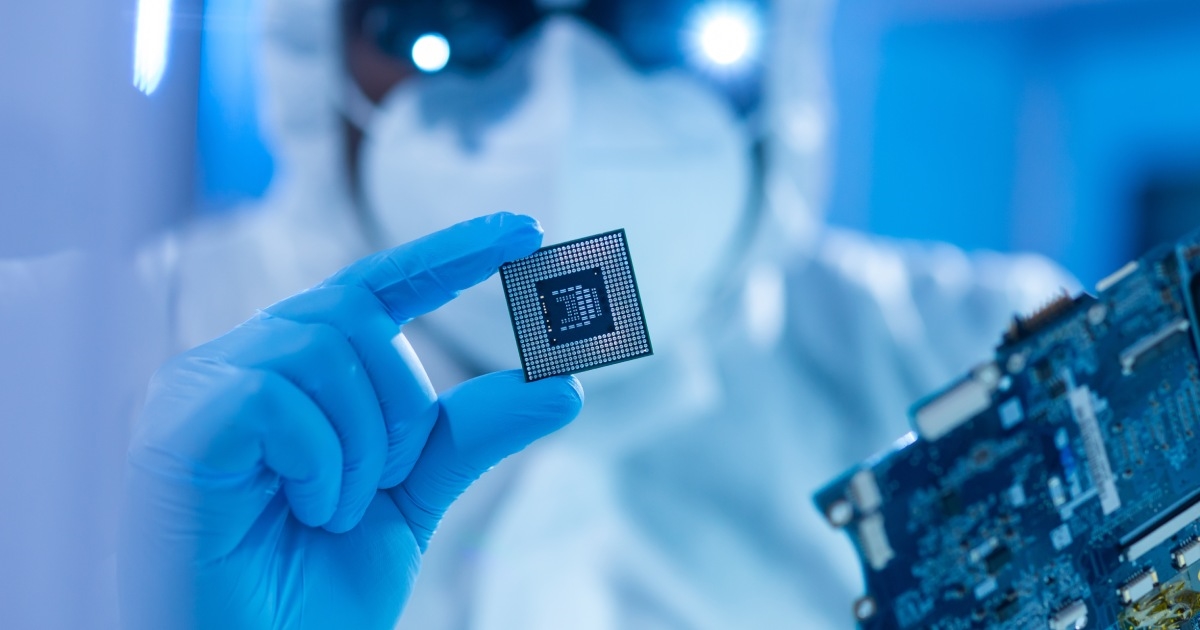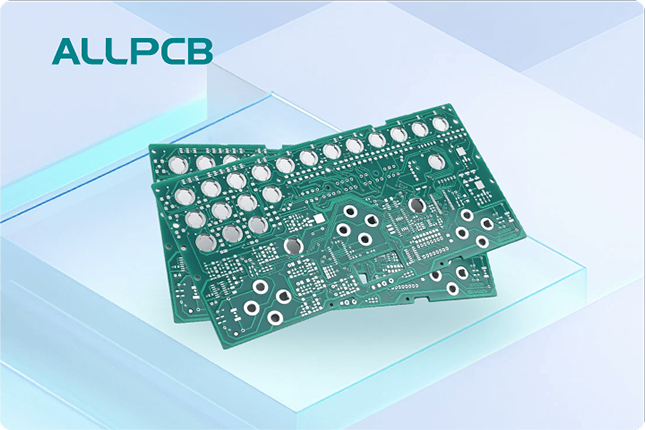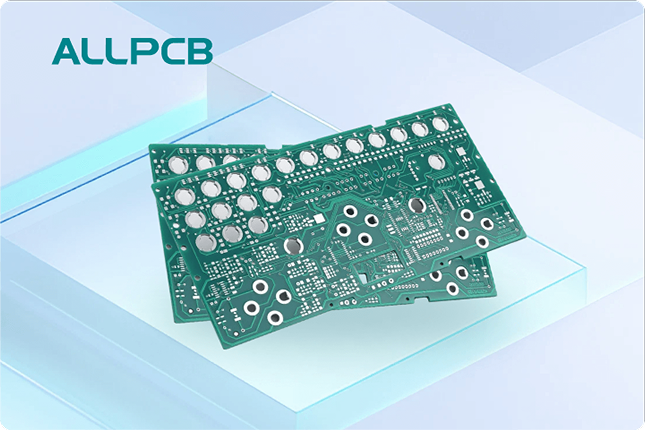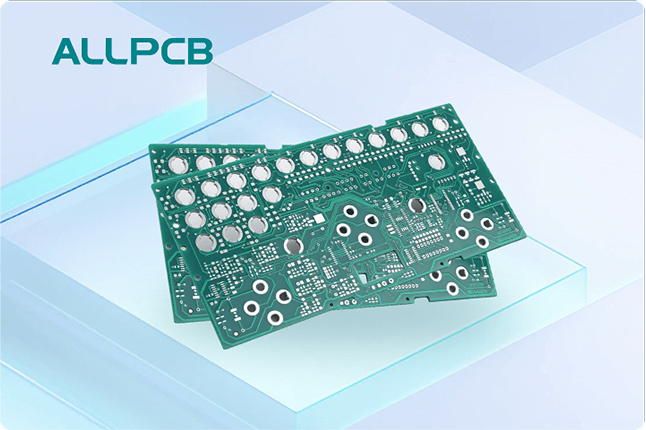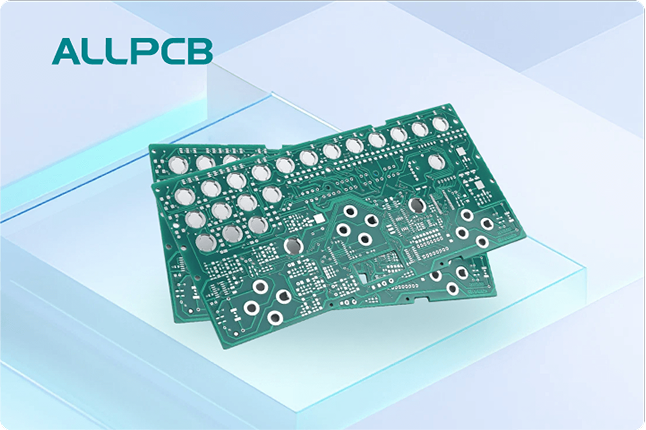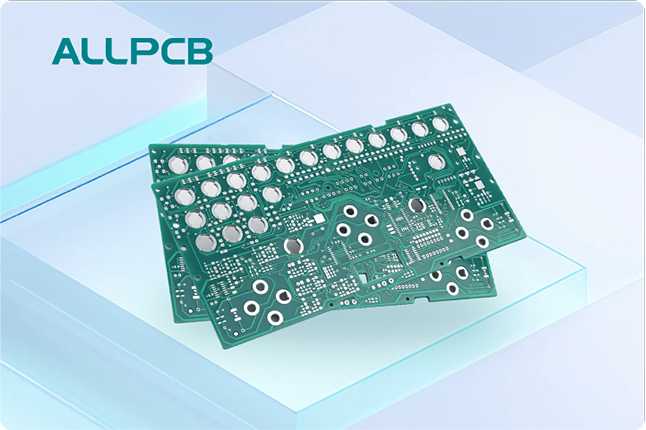In the world of electronics manufacturing, protecting printed circuit board (PCB) components during shipping and storage is crucial. But with growing environmental concerns, choosing the right packaging material is just as important as ensuring safety. So, which sustainable option stands out when comparing cardboard vs cornstarch packaging, and how does bamboo packaging for electronics fit into the mix? In this detailed comparison, we’ll break down the pros, cons, and suitability of cardboard, cornstarch, and bamboo for PCB components. Our goal is to help you make an informed decision for your next project.
At a glance, cardboard is widely used for its affordability and recyclability, cornstarch offers biodegradability with unique cushioning properties, and bamboo provides strength and eco-friendliness as a renewable resource. Below, we dive deep into each material, exploring their environmental impact, performance for electronics protection, and cost-effectiveness. Whether you’re an engineer, a procurement specialist, or a business owner, this sustainable material comparison will guide you toward the best choice for your needs.
Why Sustainable Packaging Matters for PCB Components
The electronics industry generates significant waste, and packaging plays a big role in that footprint. Traditional materials like plastic and non-recyclable foams harm the environment, taking centuries to decompose. Sustainable packaging reduces waste, lowers carbon emissions, and aligns with global efforts to combat climate change. For PCB components, which are often delicate and sensitive to static or moisture, the challenge is finding eco-friendly materials that still offer reliable protection.
Choosing sustainable packaging isn’t just about being green—it’s also about meeting customer expectations and complying with regulations. Many regions now enforce strict guidelines on packaging waste, pushing companies to adopt materials that are recyclable, biodegradable, or compostable. Let’s explore how cardboard, cornstarch, and bamboo stack up in this context.

Cardboard: The Classic Choice for PCB Packaging
What Is Cardboard Packaging?
Cardboard, made from paper pulp, is one of the most common packaging materials worldwide. It’s often used in the form of corrugated boxes or inserts to protect electronics during transit. For PCB components, cardboard can be customized with dividers or padding to prevent movement and damage.
Pros of Cardboard Packaging
- Recyclability: Cardboard is highly recyclable, with global recycling rates often exceeding 80%. This makes it a top pick for reducing landfill waste.
- Cost-Effectiveness: It’s one of the most affordable packaging options, with bulk pricing often below $0.50 per unit for standard boxes.
- Customizability: Cardboard can be easily cut, folded, or printed on, allowing for tailored solutions to fit specific PCB sizes and shapes.
- Lightweight: It adds minimal weight to shipments, keeping shipping costs low.
Cons of Cardboard Packaging
- Limited Protection: While it offers decent shock absorption when corrugated, cardboard isn’t ideal for extreme impacts or moisture exposure. PCB components may require additional padding or anti-static layers.
- Environmental Impact: Although recyclable, the production of cardboard consumes significant water and energy, and not all cardboard is sourced from sustainable forests.
- Durability Issues: It can tear or deform under heavy loads, which may compromise protection for stacked shipments.
Best Use for PCB Components
Cardboard shines in scenarios where cost and recyclability are top priorities. It’s best for lightweight PCB assemblies or bulk shipments where extra protective layers, like anti-static bags, are already in place. However, for high-value or highly sensitive components, cardboard alone may not suffice.

Cornstarch: The Biodegradable Innovator
What Is Cornstarch Packaging?
Cornstarch packaging is made from polylactic acid (PLA), a bioplastic derived from corn. It’s often used to create foam-like materials or molded shapes that act as cushioning for delicate items. In electronics, cornstarch-based materials are gaining traction as an alternative to traditional plastic foams.
Pros of Cornstarch Packaging
- Biodegradability: Cornstarch packaging breaks down naturally in industrial composting facilities, often within 90-180 days under the right conditions.
- Excellent Cushioning: Its foam-like structure provides superior shock absorption, ideal for protecting fragile PCB components during drops or vibrations.
- Low Toxicity: Unlike petroleum-based plastics, cornstarch materials don’t release harmful chemicals when decomposing.
Cons of Cornstarch Packaging
- Limited Recycling: While biodegradable, cornstarch packaging isn’t widely recyclable. It requires specific composting facilities, which aren’t available everywhere.
- Moisture Sensitivity: It can degrade or lose strength when exposed to humidity, a concern for PCB components that need dry environments.
- Higher Cost: Cornstarch materials can cost 20-30% more than traditional cardboard or plastic options, depending on the supplier and volume.
Best Use for PCB Components
Cornstarch packaging is a strong contender for businesses prioritizing biodegradability and cushioning. It works well as internal padding or inserts for PCB components, especially for short-term storage or shipping in controlled environments. However, its moisture sensitivity means it’s not ideal for long-term storage or humid regions.
Bamboo: The Renewable Powerhouse for Electronics
What Is Bamboo Packaging?
Bamboo packaging is crafted from one of the fastest-growing plants on Earth, making it a highly renewable resource. It can be processed into trays, boxes, or even molded pulp similar to cardboard. For electronics, bamboo packaging for electronics is emerging as a durable and eco-friendly option.
Pros of Bamboo Packaging
- Sustainability: Bamboo grows rapidly—up to 3 feet per day in some species—and requires minimal water or pesticides, making it an eco-friendly choice.
- Strength: Bamboo has a high tensile strength, often comparable to steel, offering robust protection for PCB components during transit.
- Biodegradability: Like cornstarch, bamboo packaging is compostable and breaks down naturally without leaving harmful residues.
- Aesthetic Appeal: Bamboo has a natural, premium look that can enhance brand perception, especially for high-end electronics.
Cons of Bamboo Packaging
- Higher Cost: Processing bamboo into packaging materials can be expensive, with costs often 30-50% higher than cardboard.
- Limited Availability: While bamboo is abundant in certain regions, global supply chains for bamboo packaging are still developing, potentially leading to sourcing challenges.
- Customization Constraints: Unlike cardboard, bamboo may be harder to customize for intricate PCB layouts without additional processing.
Best Use for PCB Components
Bamboo packaging is ideal for companies looking to make a bold statement about sustainability while ensuring strong protection. It’s best suited for high-value PCB components or premium electronics where branding and environmental impact are key considerations. For bulk or low-cost projects, however, its price point may be a barrier.

Head-to-Head: Cardboard vs Cornstarch Packaging vs Bamboo
Let’s break down the key factors in this sustainable material comparison to see how each material performs for PCB components. We’ve rated them on a scale of 1-5 (5 being the best) across several categories.
| Criteria | Cardboard | Cornstarch | Bamboo |
|---|---|---|---|
| Environmental Impact | 4 (Highly recyclable but resource-intensive) | 5 (Biodegradable, low toxicity) | 5 (Renewable, compostable) |
| Protection for PCBs | 3 (Decent with padding, weak against moisture) | 4 (Excellent cushioning, poor in humidity) | 4 (Strong and durable) |
| Cost-Effectiveness | 5 (Most affordable) | 3 (Moderately expensive) | 2 (Higher cost) |
| Availability | 5 (Widely available) | 3 (Limited composting facilities) | 3 (Developing supply chains) |
| Customizability | 5 (Easily tailored) | 4 (Good for molds) | 3 (Less flexible) |
From this comparison, cardboard wins on cost and availability, making it a practical choice for many. Cornstarch excels in cushioning and biodegradability, while bamboo stands out for sustainability and strength, though at a higher price. Your choice depends on your priorities—whether it’s budget, protection, or environmental impact.

Factors to Consider When Choosing Sustainable Packaging for PCBs
Selecting the right material isn’t a one-size-fits-all decision. Here are the main factors to keep in mind:
- Type of PCB Components: Delicate or high-value components may need the superior cushioning of cornstarch or the strength of bamboo, while simpler boards might do fine with cardboard.
- Shipping Conditions: Consider the climate and duration of transit. Humidity can degrade cornstarch, while cardboard may not withstand rough handling over long distances.
- Budget Constraints: If cost is a major factor, cardboard is the safest bet. For premium products, investing in bamboo could pay off in brand value.
- Environmental Goals: If reducing your carbon footprint is a priority, cornstarch and bamboo offer stronger eco-credentials than cardboard in terms of biodegradability.
- Regulatory Compliance: Check local regulations on packaging waste. Some regions may incentivize or mandate the use of compostable materials.
Practical Tips for Implementing Sustainable Packaging
Switching to sustainable packaging for PCB components doesn’t have to be overwhelming. Start with these actionable steps:
- Assess Your Needs: Evaluate the specific requirements of your PCB components, such as size, weight, and sensitivity to static or moisture.
- Test Small Batches: Before committing to a single material, test small quantities of cardboard, cornstarch, or bamboo packaging to see how they perform under real-world conditions.
- Combine Materials: Consider hybrid solutions, like using cardboard boxes with cornstarch inserts for cushioning, to balance cost and protection.
- Partner with Suppliers: Work with packaging providers who specialize in sustainable materials to ensure consistent quality and supply.
- Educate Your Team: Train your staff on proper handling and disposal of eco-friendly materials, especially for cornstarch, which may require composting.
Future Trends in Sustainable Packaging for Electronics
The push for sustainability in electronics packaging is only growing. Innovations like bio-based coatings for cardboard to improve moisture resistance, or advancements in bamboo processing to lower costs, are on the horizon. Additionally, the rise of circular economy models—where packaging is reused or repurposed—could further shape how materials like these are used. Staying ahead of these trends can give your business a competitive edge while contributing to a greener planet.
Conclusion: Which Material Wins for Your PCB Components?
In this sustainable material comparison of cardboard vs cornstarch packaging and bamboo packaging for electronics, each material brings unique strengths to the table. Cardboard remains the go-to for affordability and ease of use, cornstarch offers unmatched cushioning with biodegradability, and bamboo provides durability and a premium eco-friendly profile. The best choice depends on your specific needs—whether it’s protecting delicate PCB components on a tight budget or showcasing your commitment to sustainability with high-end packaging.
At the end of the day, transitioning to sustainable packaging is a step toward a better future for the electronics industry. By weighing the pros and cons of each material, you can find a solution that protects your products and the planet. Start small, test your options, and make the switch that aligns with your goals.
 ALLPCB
ALLPCB


